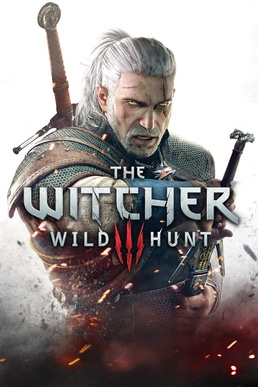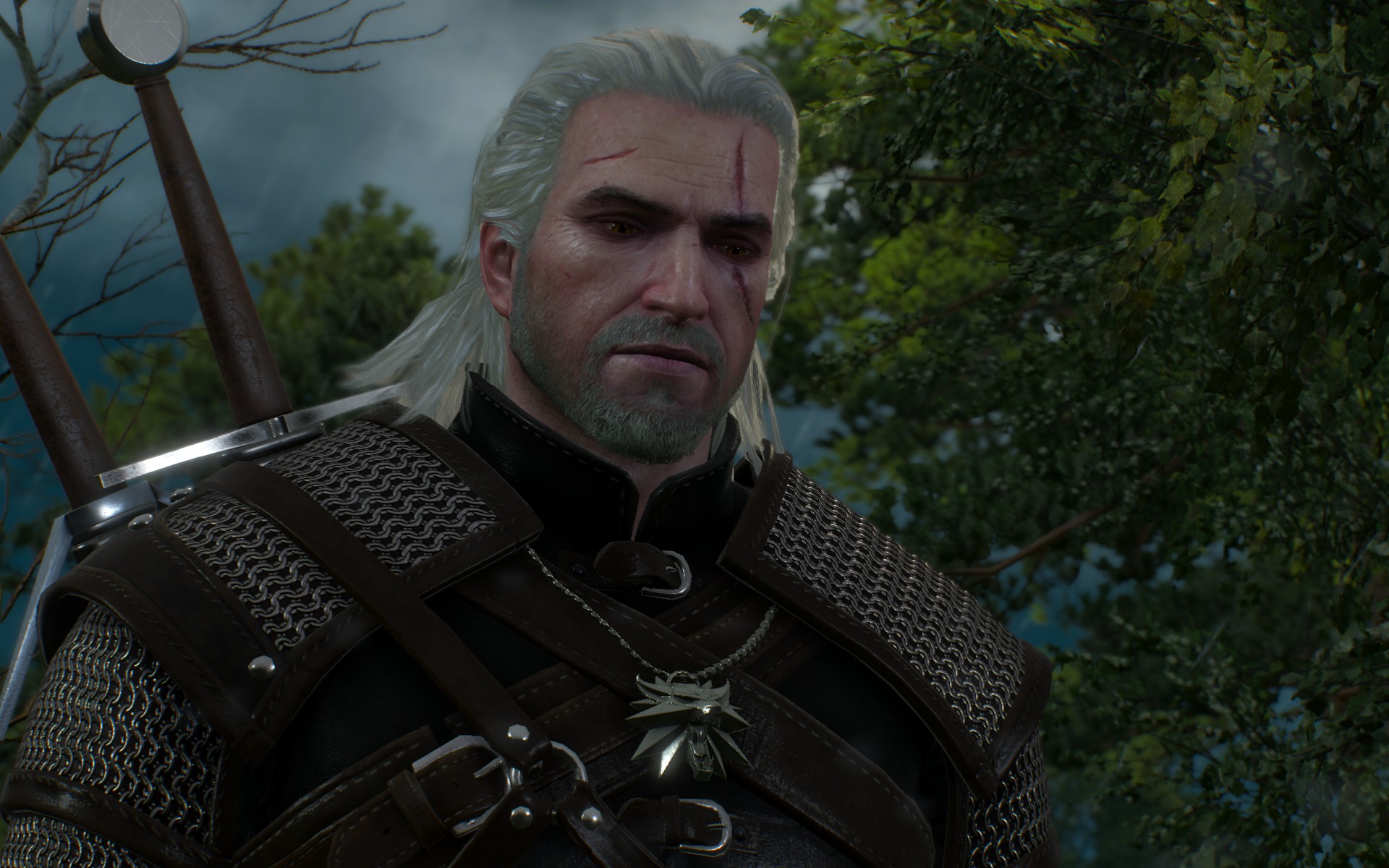 Game: Street Fighter V
Game: Street Fighter VCapcom, 2016 (PS4 version reviewed)
I haven’t played a lot of Street Fighter since Street Fighter II first rocked my world on the SNES. They don’t seem to have gotten much better since. Even three months of patches and content updates since its initial release, Street Fighter V remains a tragic mess of a multiplayer experience and a cautionary tale of how even the best underlying game mechanics can be ruined by the systems and interfaces surrounding them.
And it really is a tragedy how much SFV does right. Like Street Fighter IV it manages to transition the series’ classic 2D visuals to a vibrant 3D palette, maintaining nearly the same hitboxes and animation frames while adding a level of grace and fluidity to the characters’ motions that sprites could never quite achieve. I can’t ultimately say I prefer the move to three dimensions in a fundamentally two dimensional game - there’s always something about visible polygons I can never quite appreciate on the level of a hand-drawn character, or the seamlessly convincing faux-sprites of, say, Guilty Gear Xrd - but if we have to drag these games into the third dimension, I’m glad they’re still as pleasing to look at as this.
 |
| It’s a tale as old as time... |
At its core SFV plays like a dream. I’m no fighting game pro by any stretch - the only series I’ve ever been able to claim even something like competence in was Soul Calibur - but to my novice hands SFV feels just right. Character input is incredibly responsive. The movelists remain refreshingly tiny and put the emphasis of mastery immediately on the fundamentals rather than gating it behind encyclopedic memory of combos. The characters themselves are as varied and entertaining to experiment with as ever, even if their Story Modes are half-baked nonsense.
 |
| ...a song as old as rhyme. |
The shame, though, is that those utterly engaging characters and fundamentals are surrounded by a user-level experience that is anything but. The range of available modes borders on the pathetic. Not only are the 5-10 minute Story Mode “journeys” a joke both in terms of challenge and presentation, punctuated by what appears to be storyboard fan art and snippets of context-free dialogue from a badly translated 80s shonen anime, but SFV fails to provide even the basic Arcade Mode experience that has been the baseline way to introduce players to fighting game characters since time immemorial. Good luck if, like me, you’ve had only limited exposure to this series in the past two decades, because there’s no real tutorial either, and the game shows zero interest in helping players achieve basic competence beyond describing half the control scheme and throwing them to the wolves. Even the movelist menu is a pain in the ass to access and display, to the point that it’s easier and almost necessary to physically print out movelists when learning a character.
 |
| What the game lacks in story it makes up for in riveting dialogue. |
SFV’s online multiplayer mode, arguably its raison d’etre, has much bigger problems than the game’s general barriers to entry and lack of solo content. While the netcode runs smoothly enough and players are thankfully given the option to limit matchmaking to opponents with high-quality network connections, the amount of time wasted between matches is downright stupefying. It’s probably unavoidable (and very forgivable) that matchmaking itself can take a few moments. What’s not forgivable is the interminable wait between successfully finding a match and actually getting down to fighting. Between loading times and unskippable musical interludes (probably masking more loading times), players are forced to spend just as much time staring at a motionless screen as they are actually playing the game - and significantly more if your opponent leaves after the first bout. These kind of intermediate pauses might be no big deal in games with 30-60 minute match times like Dota, or a minor inconvenience in 10-20 minute round shooters, but in a game whose matches can end in seconds they are pace-killing and frequently just shy of infuriating.
Consequently, the sum of what might be a technically perfect fighting game is ruined by a functional inadequacy that actively prevents the player from experiencing that perfection. By my own stopwatch timing, I spent as much as five minutes twiddling my thumbs in a session for every one minute spent actually playing Street Fighter V. It is, in short, a tedious and mood-breaking way to engage with any fighting game, however strong its underlying combat. That this seems to be inherent to limitations of the engine is all the more shame, as it’s looking increasingly unlikely that Capcom will ever find a way to patch the problem out of existence. For someone interested only in local matches with enough Street Fighter-playing friends willing to power past the loading frustrations, the failure of SFV’s overall package and online play might be forgivable. For me, it’s a losing proposition whatever way you look at it.






































